Hyundai IONIQ 6 vs Kia Niro – Performance, range & efficiency compared
Compare performance, boot capacity, efficiency and price at a glance.
Find out which car is the better choice for you – Hyundai IONIQ 6 or Kia Niro?
Costs and Efficiency:
Price and efficiency are key factors when choosing a car – and this is often where the real differences emerge.
Kia Niro has a noticeable advantage in terms of price – it starts at 29100 £, while the Hyundai IONIQ 6 costs 37600 £. That’s a price difference of around 8494 £.
As for range, the Hyundai IONIQ 6 performs convincingly better – achieving up to 614 km, about 552 km more than the Kia Niro.
Engine and Performance:
Power, torque and acceleration are the classic benchmarks for car enthusiasts – and here, some clear differences start to show.
When it comes to engine power, the Hyundai IONIQ 6 has a clearly edge – offering 650 HP compared to 180 HP. That’s roughly 470 HP more horsepower.
In acceleration from 0 to 100 km/h, the Hyundai IONIQ 6 is convincingly quicker – completing the sprint in 3.20 s, while the Kia Niro takes 9.90 s. That’s about 6.70 s faster.
In terms of top speed, the Hyundai IONIQ 6 performs evident better – reaching 257 km/h, while the Kia Niro tops out at 185 km/h. The difference is around 72 km/h.
There’s also a difference in torque: Hyundai IONIQ 6 pulls convincingly stronger with 770 Nm compared to 265 Nm. That’s about 505 Nm difference.
Space and Everyday Use:
Beyond pure performance, interior space and usability matter most in daily life. This is where you see which car is more practical and versatile.
Both vehicles offer seating for 5 people.
In curb weight, Kia Niro is distinct lighter – 1474 kg compared to 1850 kg. The difference is around 376 kg.
In terms of boot space, the Kia Niro offers a bit more room – 451 L compared to 401 L. That’s a difference of about 50 L.
When it comes to payload, Kia Niro barely noticeable takes the win – 466 kg compared to 430 kg. That’s a difference of about 36 kg.
Who wins the race?
The Hyundai IONIQ 6 proves to be outperforms in nearly all aspects and therefore becomes our DriveDuel Champion!
Hyundai IONIQ 6 is the better all-rounder in this comparison.
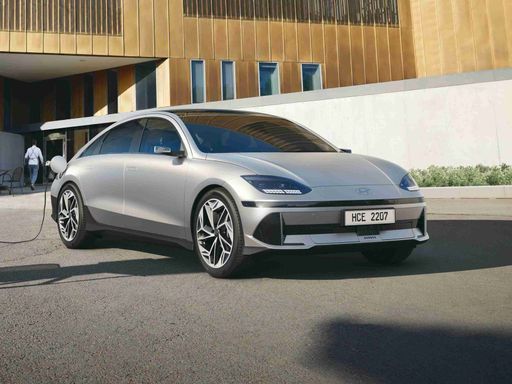 @ Hyundai Motor Company
@ Hyundai Motor Company
Hyundai IONIQ 6
Hyundai IONIQ 6
The Hyundai IONIQ 6 merges futuristic design with eco-friendly technology, offering a glimpse into the future of electric mobility. Its sleek silhouette and aerodynamic profile are sure to capture attention on the road, while the interior provides a seamless blend of comfort and cutting-edge digital features. With a focus on efficiency and sustainability, this model represents a significant step forward in the evolution of electric vehicles.
details @ Hyundai Motor Company
@ Hyundai Motor Company
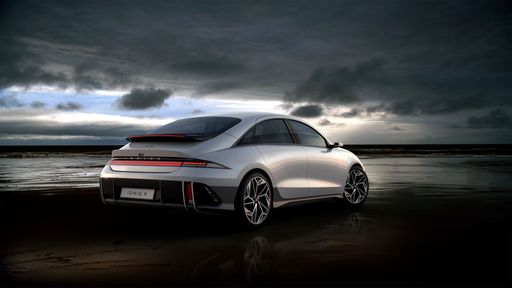 @ Hyundai Motor Company
@ Hyundai Motor Company
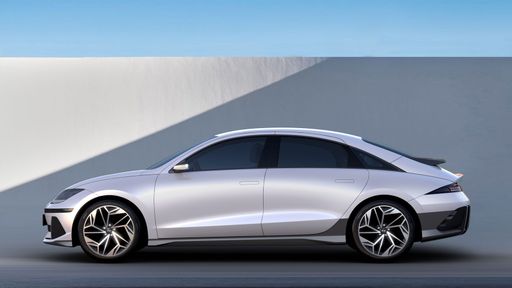 @ Hyundai Motor Company
@ Hyundai Motor Company
 @ Hyundai Motor Company
@ Hyundai Motor Company
Kia Niro
The Kia Niro blends clever packaging and modern styling into a compact crossover that’s refreshingly sensible for daily life. It’s comfortable, economical and packed with user‑friendly tech, so if you want a fuss‑free family car with a touch of green credibility, the Niro is worth a test drive.
details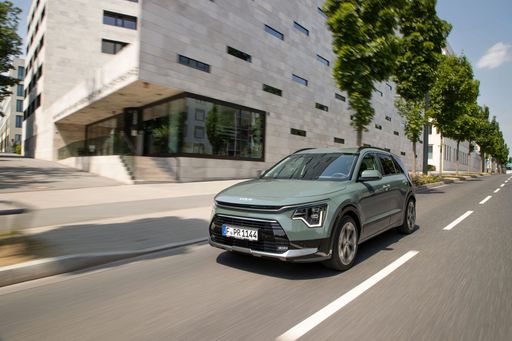 @ Kia Corporation
@ Kia Corporation
 @ Kia Corporation
@ Kia Corporation
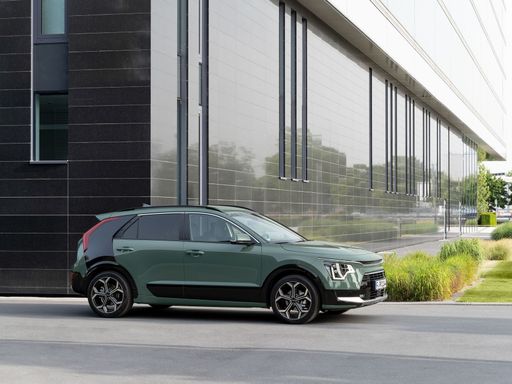 @ Kia Corporation
@ Kia Corporation
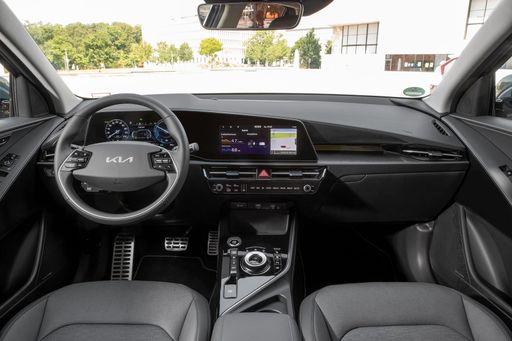 @ Kia Corporation
@ Kia Corporation
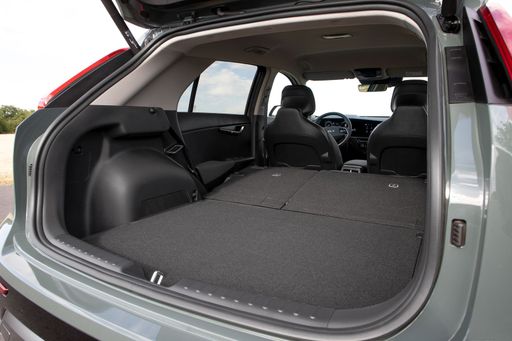 @ Kia Corporation
@ Kia Corporation
 @ Hyundai Motor Company
@ Hyundai Motor Company
|
 @ Kia Corporation
@ Kia Corporation
|
|
|
|
Costs and Consumption |
|
|---|---|
|
Price
37600 - 64300 £
|
Price
29100 - 38600 £
|
|
Consumption L/100km
-
|
Consumption L/100km
2.4 - 4.9 L
|
|
Consumption kWh/100km
13.9 - 15.1 kWh
|
Consumption kWh/100km
-
|
|
Electric Range
429 - 614 km
|
Electric Range
57 - 62 km
|
|
Battery Capacity
53 - 84 kWh
|
Battery Capacity
1.3 - 11.1 kWh
|
|
co2
0 g/km
|
co2
53 - 111 g/km
|
|
Fuel tank capacity
-
|
Fuel tank capacity
37 - 42 L
|
Dimensions and Body |
|
|---|---|
|
Body Type
Hatchback
|
Body Type
SUV
|
|
Seats
5
|
Seats
5
|
|
Doors
4
|
Doors
5
|
|
Curb weight
1850 - 2095 kg
|
Curb weight
1474 - 1594 kg
|
|
Trunk capacity
401 L
|
Trunk capacity
348 - 451 L
|
|
Length
4855 - 4935 mm
|
Length
4420 mm
|
|
Width
1880 - 1940 mm
|
Width
1825 mm
|
|
Height
1495 mm
|
Height
1545 mm
|
|
Max trunk capacity
-
|
Max trunk capacity
1342 - 1445 L
|
|
Payload
425 - 430 kg
|
Payload
466 kg
|
Engine and Performance |
|
|---|---|
|
Engine Type
Electric
|
Engine Type
Full Hybrid, Plugin Hybrid
|
|
Transmission
Automatic
|
Transmission
Automatic
|
|
Transmission Detail
Reduction Gearbox
|
Transmission Detail
Dual-Clutch Automatic
|
|
Drive Type
Rear-Wheel Drive, All-Wheel Drive
|
Drive Type
Front-Wheel Drive
|
|
Power HP
151 - 650 HP
|
Power HP
138 - 180 HP
|
|
Acceleration 0-100km/h
3.2 - 8.8 s
|
Acceleration 0-100km/h
9.9 - 11.4 s
|
|
Max Speed
185 - 257 km/h
|
Max Speed
170 - 185 km/h
|
|
Torque
350 - 770 Nm
|
Torque
265 Nm
|
|
Number of Cylinders
-
|
Number of Cylinders
4
|
|
Power kW
111 - 478 kW
|
Power kW
102 - 132 kW
|
|
Engine capacity
-
|
Engine capacity
1580 cm3
|
General |
|
|---|---|
|
Model Year
2022 - 2025
|
Model Year
2025
|
|
CO2 Efficiency Class
A
|
CO2 Efficiency Class
C, B
|
|
Brand
Hyundai
|
Brand
Kia
|
What drive types are available for the Hyundai IONIQ 6?
Available configurations include Rear-Wheel Drive or All-Wheel Drive.
The prices and data displayed are estimates based on German list prices and may vary by country. This information is not legally binding.
